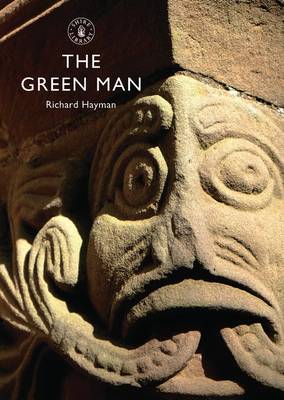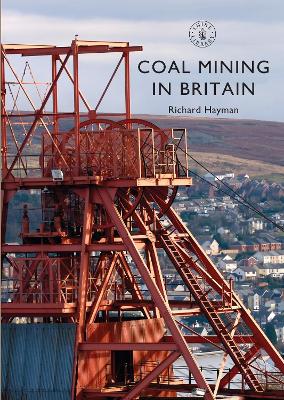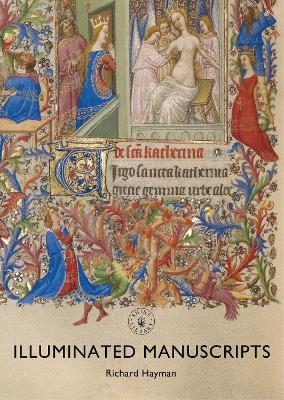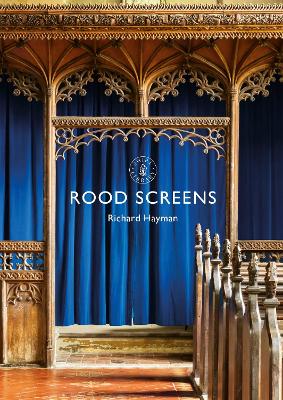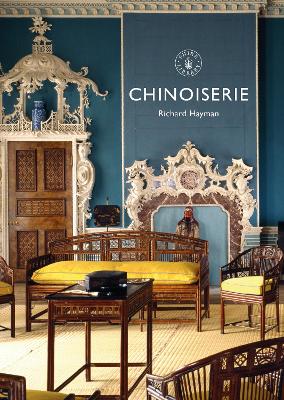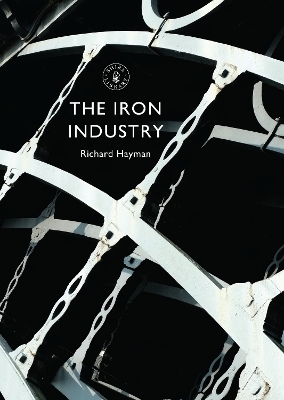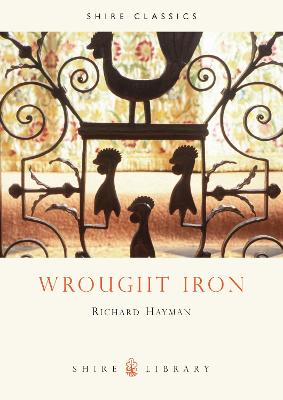Shire Library
6 primary works • 9 total works
Book 230
Book 593
Book 818
Book 836
Book 841
Book 851
In this beautifully illustrated book, Richard Hayman tells the story of this fascinating phenomenon, and explores the profound impact of Chinoiserie on the material culture of the West.

